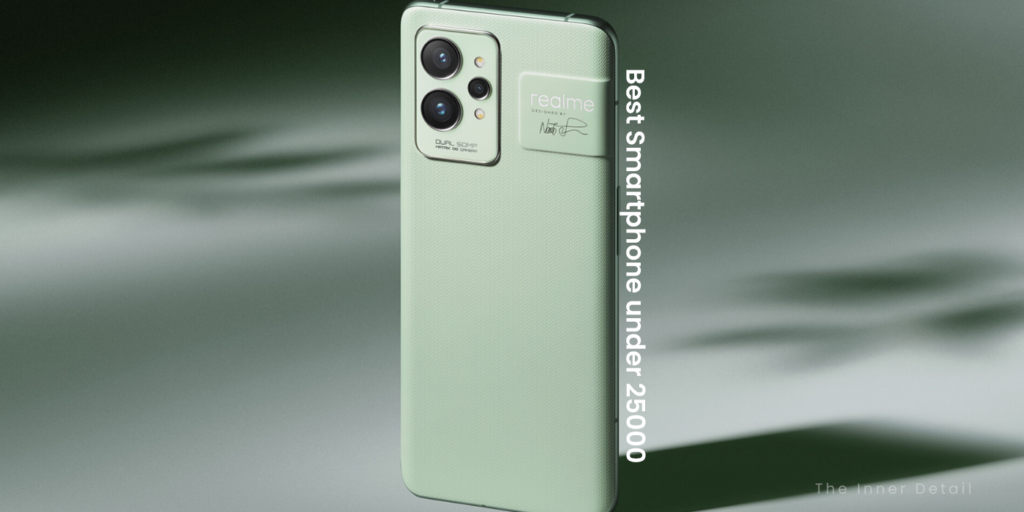Technology have greatly assisted in making replica of nature’s things for its own use cases, and the realm has recently pioneered in medical field by creating artificial human embryos in lab-environment for organ-transplants. That’s as crazy as it sounds.
An Israeli startup called ‘Renewal Bio’, who had already grown mouse embryos without using sperm or egg cells, but only stem cells taken from the skin, now wants to attempt the same with humans. Aiming for a stem-cell technology and artificial wombs delivering organs for transplantation purposes, the company mimics embryos as best 3D bio-printers.
According to the firm’s scientific founder – Jacob Hanna, who is also a biologist at the Weizmann Institute of Science in Rehovot, “It’s (Human Embryos) the best entity to make organs and proper tissue”.
Exploiting the stem-cell technology, Hanna hopes to produce artificial human embryos equivalent to a 40 to 50-day-old pregnancy. The successful accomplishment of cultivating embryos of mouse in an artificial womb, boosted the confidence of the firm to now experiment with humans’.
Synthetic Embryos of Mouse

Replicating the environment of a female mouse’s womb exactly, the stem-cell specialist grew natural mouse embryos outside of a female mouse in a “mechanical womb” for several days. The mechanical womb involves spinning jars that keep the embryos immersed in nutritious blood serum and oxygen. While many researchers objected the way of letting grow a stem-cell engineered embryo in mechanical womb, insisting that these structures would have limited relation to real embryos and zero potential to develop completely, Hanna managed to shut their mouth, making it possible.
Hanna was able to grow a synthetic mouse embryo in the mechanical womb to the point where hearts started beating, blood began circulating and there was the start of a brain and a tail.
“The embryos really look great,” says Hanna, adding that the synthetic versions are about 95% similar to normal mouse embryos, based on the mix of cell types inside each.
However, the process was inefficient. Fewer than 1 in 100 attempts was successful, and even that successful-one suffered abnormalities, including heart problems.
Jacobs Hanna Creating himself

Scientists had already bio-printed human parts like bones or cartilage, but making a more complex type of organ or cell had not yet paved any ways. An embryo, however, starts building the body naturally.
“The vision of the company is ‘Can we use these organized embryo entities that have early organs to get cells that can be used for transplantation?’ We view it as perhaps a universal starting point,” says Hanna.
In the context, Hanna has planned to use his own blood or skin cells as the starting point for producing synthetic human embryos. Though he could mimic the beginnings of mammals in test tubes, he sees no future for them, as there don’t exist to deploy them to real life from jar life.
Related Posts
“We are not trying to make human beings. That is not what we are trying to do.” says Hanna. “To call a day-40 embryo a mini-me is just not true.”
The moto of the company is to make humanity younger and healthier by leveraging the power of the new stem cell technology, which in-turn could be applied to a wide variety of human ailments including infertility, genetic diseases, and longevity, concludes Renewal Bio’s site.
In an era where everything we idealize and conceptualize are becoming a reality, producing human organs in an artificial womb could be a turning-point on organ-transplantations, saving seventeen lives per day who are dying everyday waiting for an organ transplant.
Comment your thoughts!
(For more such interesting informational, technology and innovation stuffs, keep reading The Inner Detail).






